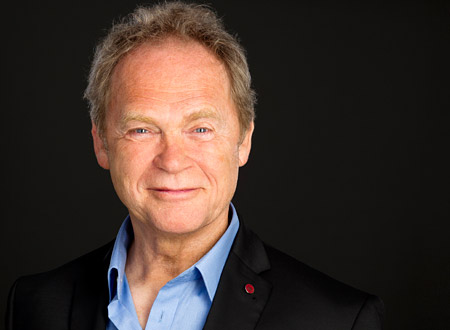Den wissenschaftlichen Ansatz für meine evolutionsbiologischen Arbeiten habe ich im Kapitel „Conclusions“ meiner Arbeit über Sozialverhalten (2015) beschrieben, das ich hier teilweise widergebe:
At its 125th anniversary the Science journal asked 125 questions that scientists should have a good shot at answering over the next 25 years, or they should at least know how to go about answering them (Kennedy & Norman, 2005). Question 94 was: 94
How Will Big Pictures Emerge From a Sea of Biological Data?
I think that the answer to question 94 is implicitly given in my 4 recent papers, including this one. All of these papers (Heininger, 2012, 2013, 2015a, b) that contain a total of more than 18,500 references, deal with evolutionary/ecological conundrums and controversies using a systems biology approach.
As Thomas Kuhn (1970) said, science is puzzle solving. Each of the millions of publications in the biomedical literature can be considered as a piece in the puzzle of the Big Picture. There is a good chance to drown in this sea of biological data. Where could be a lighthouse that may lead the castaway in this huge sea and guide her/him to safe ground? Fortunately, nature provides clues in which direction to move. During its almost 4 billion years, evolution has left traces that can be detected. Darwin's “descent with modification” has left a trail of genetic, physiological and procedural continuity, that can be used like Ariadne’s string for the way out of the labyrinth. It has been advocated previously that a deeper understanding of biological and pathological processes can only be achieved by “unearthing” the “fossil record” of the genome (Runnegar, 1986; Buss, 1987). But this approach, at least to my knowledge, never has been followed rigorously, possibly because it requires the integration of virtually the complete biomedical sciences into a coherent concept. Concerning question 94, my work is based on information retrieved from more than 500,000 papers and a plethora of books from evolutionary biology, ecology, microbiology, epidemiology, paleontology, molecular biology, botany, endocrinology, immunology, and neurobiology that were read over approx. 25 years. Its early stages date back to my occupation with Alzheimer’s disease (Heininger, 1999a, b, 2000a, b), when I realized that metabolically stressed neurons use stress response tools that evolved in microorganisms (Storz & Hengge-Aronis, 2000) and are rooted deep in evolutionary time (Heininger, 2001). A fundamental feature of the “start from the scratch” approach is that it should be an open-ended process, not guided by any preconceived opinion. Previously, holistic concepts have been based on a priori plausibility assumptions.
All evolutionary theories were informed by population genetics, the dominant paradigm of evolutionary biology. But population genetics “ is not an empirically sufficient theory” (Lewontin, 1974 p. 267) and failed gloriously to provide consistent and generally accepted answers to the conundrums of evolutionary biology: aging, sexual reproduction, the level of selection, and social behavior. My evidence-based hypotheses to these conundrums and controversies represent a unique, in their scope unprecedented approach that provides revolutionary (sensu Kuhn) paradigm shifts (see Heininger 2012, 2013, 2015, this work). Importantly, these papers sketch a coherent and consistent Big Picture of ecological and evolutionary processes, defining evolution as cybernetic automaton orchestrated by Ross Ashby’s “Law of Requisite Variety”. And, as corollary, give explanations for other biomedical phenomena: the Cambrian explosion, the different bauplans of modular and unitary organisms, Francis Crick’s Central Dogma as closed circle with stochastic environmental-genetic feedback, the relationship between sexual reproduction and cancerogenesis (cancer as evolutionary cost of evolvability), apoptosis as fair lottery, and the rebuttal of Motoo Kimura’s Neutral Theory. |
|
 |



